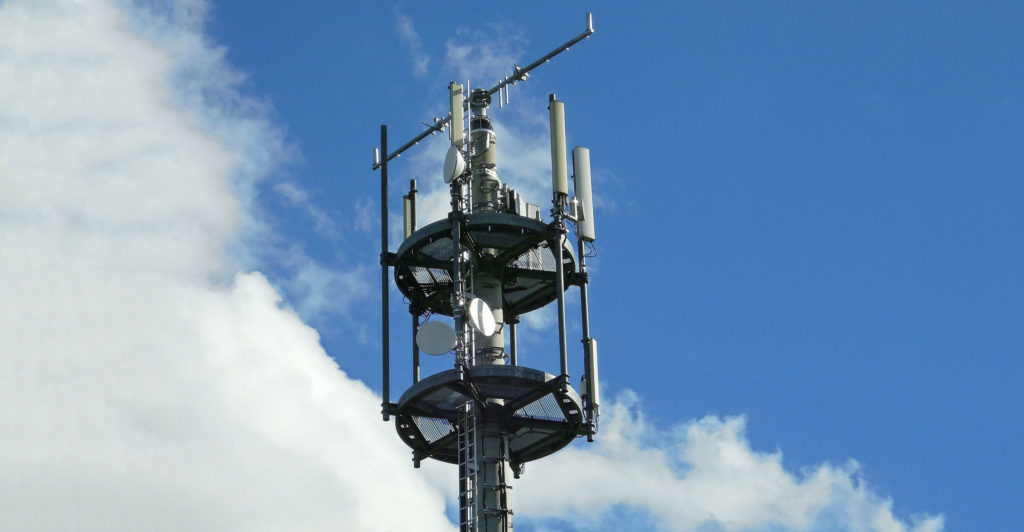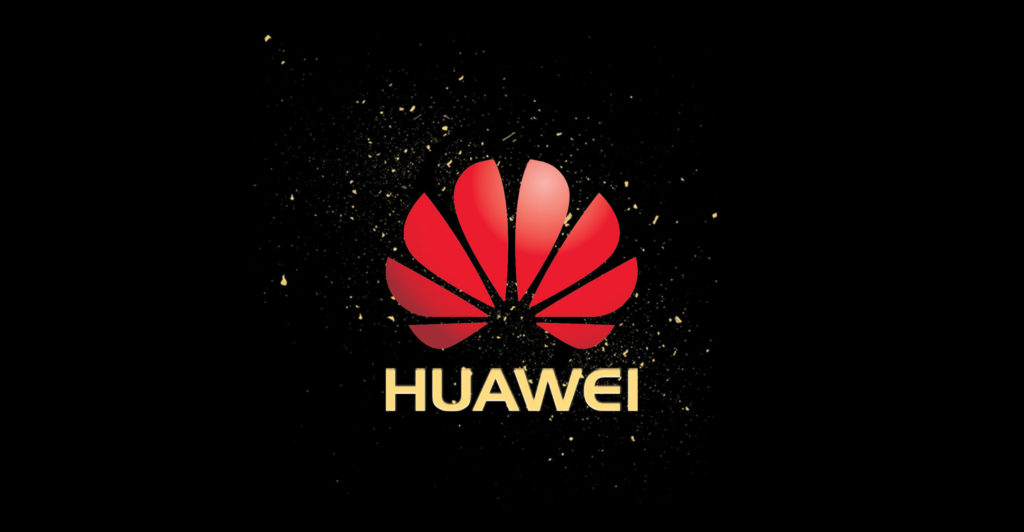 Huawei Technologies and ZTE on Monday asked US regulators to keep them off a list of companies deemed national security threats, a label that would bar the Chinese telecommunications equipment makers from selling gear to subsidised US carriers.
Huawei Technologies and ZTE on Monday asked US regulators to keep them off a list of companies deemed national security threats, a label that would bar the Chinese telecommunications equipment makers from selling gear to subsidised US carriers.
Mobile broadband providers separately told the Federal Communications Commission that it would be costly for them to replace gear made by ZTE and Huawei if ordered to do so.
The agency in November made an initial determination that ZTE and Huawei, both based in Shenzhen, China, pose a national security risk.
The US has long contended that Huawei’s equipment could be used by China to spy on the West. The company has repeatedly denied that it poses any security risk, and insists that it’s independent of the Beijing government.
The FCC is now considering whether to require wireless broadband providers to remove and replace equipment from companies considered a security risk, and how to establish a reimbursement fund for such a policy.
Huawei in a Monday filing said the FCC’s action was “designed to implement a campaign by certain government officials, including members of congress, to single out Huawei for burdensome and stigmatising restrictions, put it out of business in the United States, and impugn its reputation”.
ZTE, in its Monday FCC filing, denied it was a threat and said it complies with US export controls and is working to provide secure products. The FCC had set Monday as the deadline for comments on its proposal.
Continued pressure
The agency’s action is part of the continued pressure by US officials, diplomats and lawmakers who have said Huawei and ZTE pose a threat of espionage, especially as networks are transformed into fast 5G systems that can share masses of information quickly.
The campaign stumbled last week when Britain and the European Union decided that Huawei could play a role in their 5G networks. ZTE was brought to the brink of disaster in 2018 with a ban on buying needed US parts after the Trump administration accused it of violating sanctions on Iran and North Korea — a step President Donald Trump reversed shortly afterward, at the request of Chinese President Xi Jinping.
ZTE paid a fine of US$1.4-billion.
 Huawei gear is cheaper than competitors’ and is popular with smaller, rural US telecommunications providers, which often rely on government subsidies. In a 31 January filing at the FCC, a company, Union Wireless, predicted “extraordinary costs” to replace equipment in Wyoming, Utah, Idaho, Colorado and Montana across 207 000 square kilometres — an area larger than England.
Huawei gear is cheaper than competitors’ and is popular with smaller, rural US telecommunications providers, which often rely on government subsidies. In a 31 January filing at the FCC, a company, Union Wireless, predicted “extraordinary costs” to replace equipment in Wyoming, Utah, Idaho, Colorado and Montana across 207 000 square kilometres — an area larger than England.
Union, based in Mountain View, Wyoming, said: “Failure to adopt a sufficient reimbursement mechanism providing an appropriate path to replace its network in an orderly fashion would be an existential threat to its business.”
The FCC in November estimated it would cost the average wireless company $40-million to $45-million to replace its Huawei and ZTE equipment. That month, the agency barred the use of federal subsidies for equipment from such companies.
Congress is considering legislation to provide funds, with one bill offering $1-billion.
The Rural Wireless Association on Monday told the FCC that small carriers might be forced to shut service in some markets if they can’t spend subsidy funding on networks that include the equipment. The trade group said some older, slower networks should be allowed to operate until they wear out. Congress would need to provide money to pay for replacement equipment, the group said.
Without adequate funding for replacing equipment, some carriers might be forced to divert resources from extending broadband to more households, the Competitive Carriers Association trade group told the FCC. — Reported by Todd Shields, (c) 2020 Bloomberg LP




